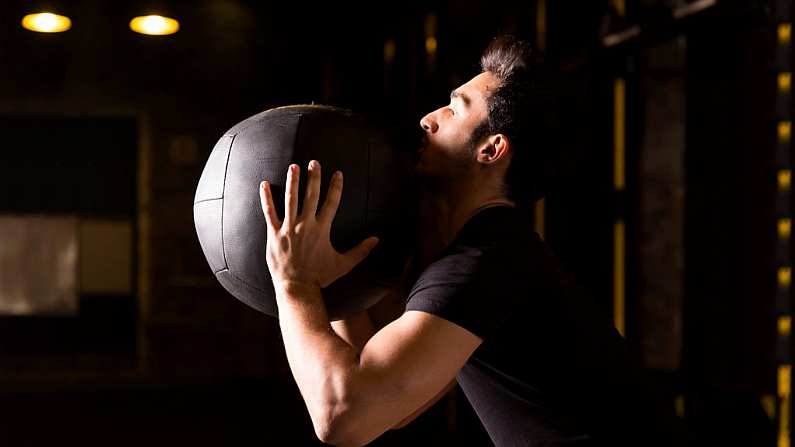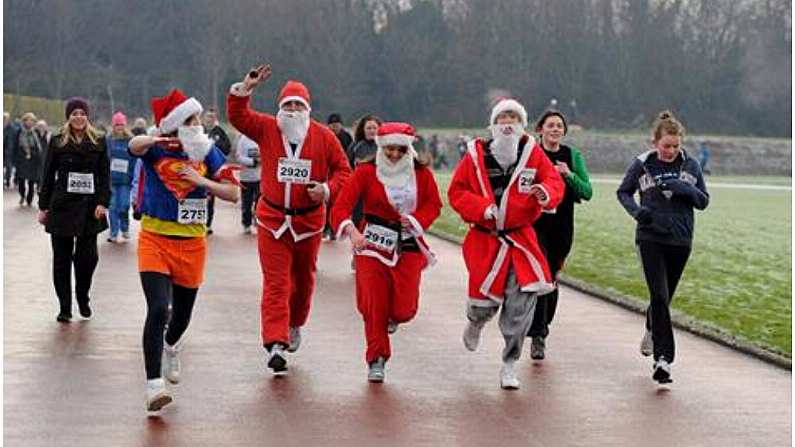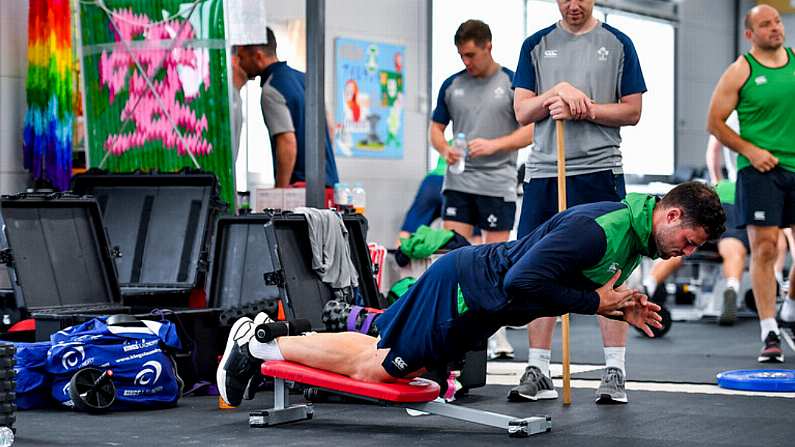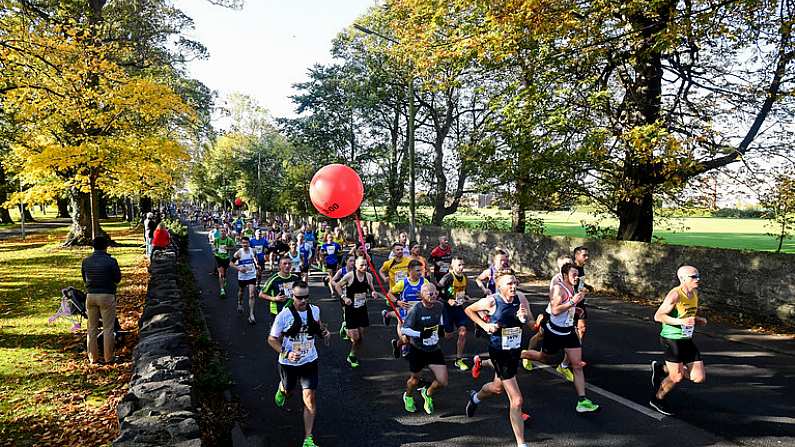Structuring any training programme to peak towards the latter portion is standard practice but an effective way of ensuring this is by incorporating a finisher.
Finishers are straightforward. They can often be a way to enforce basics into a workout. Press-ups. Pull-ups. Hollow holds. Handstand press-ups or if you can't do them, pike press-ups. On the other hand, you can mix it up with prowlers, battle ropes or kettlebells.
Ultimately, they are additions to work already done. A way to improve conditioning and burn more calories.
Here five great examples.
Med Ball Finisher
Easy set-up and an explosive movement. The exercise places a huge muscular demand on the body and there is plenty of scope for programming variety.
Bodyweight Finisher
If you are trying to burn every last drop of gas from the tank, using functional movements are a great way to do it. There is not as much scope to enhance work capacity but there are a huge variety of exercises and combinations to keep it interesting. Here is a mix of bodyweight exercises with a kettlebell one from personal trainer and Kilkenny hurler, TJ Reid.
View this post on Instagram
Sled Push Finisher
If you are unfamiliar with this exercise, apologies in advance. It is vital that you keep your back straight and don't allow your lower back hunch at any point. You can alter weight and length ranges as you see fit. Three rounds of this will have your legs and lungs burning.
Ab Finisher
Barbell complexes, circuits and functional movements will naturally engage your core but for some targeted work a six-ten minute finisher can have a big impact. There is loads of scope to incorporate TRX suspension bands or cables but the fundamental principle of training will never steer you wrong: K.I.S.S (keep it super simple.)
3x1 min: plank
3x20: Russian v-twists
3x20: ful body crunch
Tabata Finisher
An extremely common method and for good reason. Tabata finishers are intensity anaerobic interval programmes which efficiency zealots adore. Often recommended for people who work out from home or on the road.
The premise is 20 seconds of activity and 10 seconds rest. It can be done with or without weights and can be done for two cycles, like shown below.
The most important thing is to ease in and build up. Charting a progression scheme will help and altering finishers is a great way to keep things interesting.













